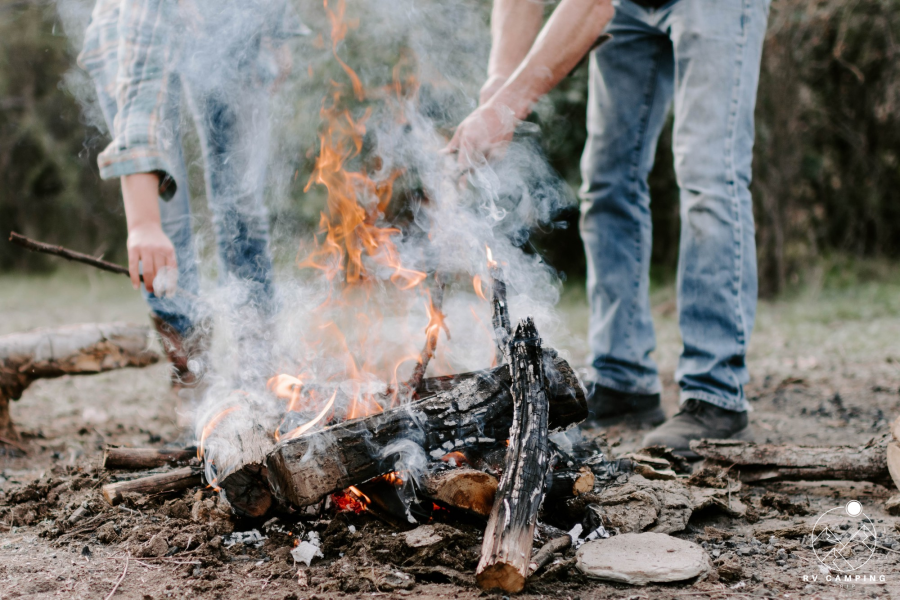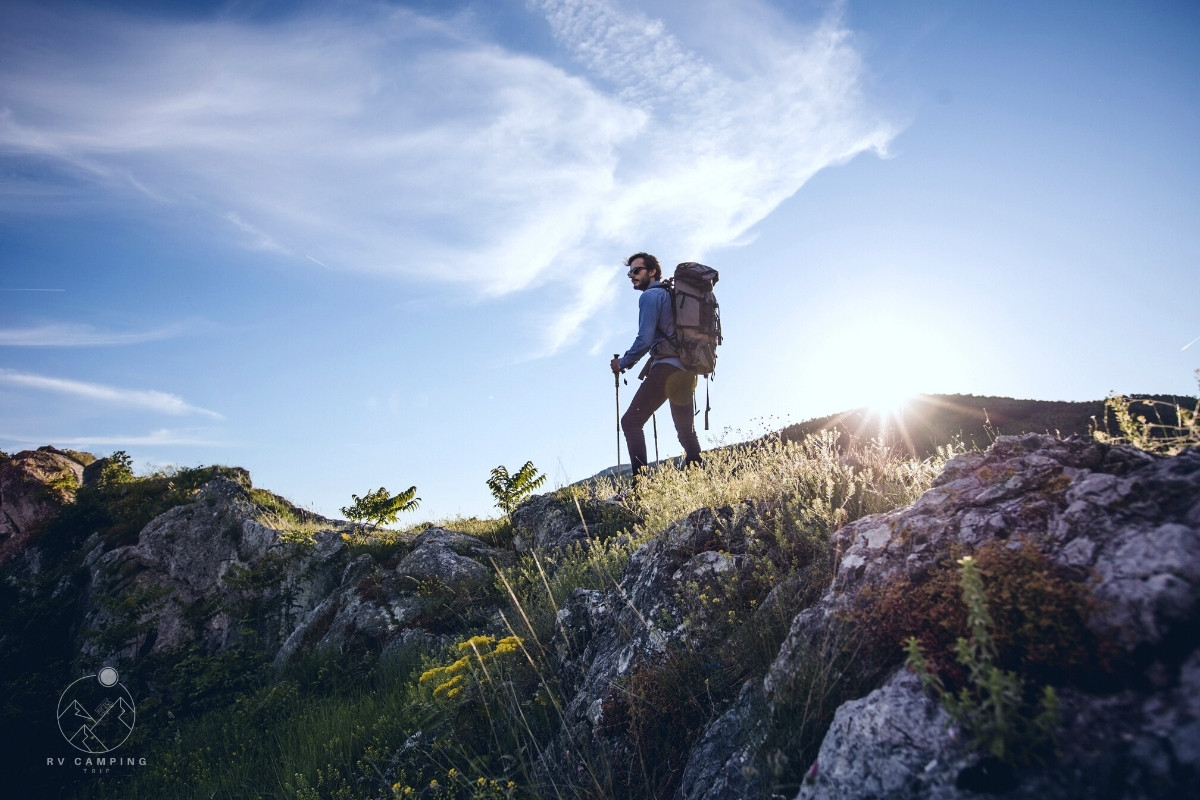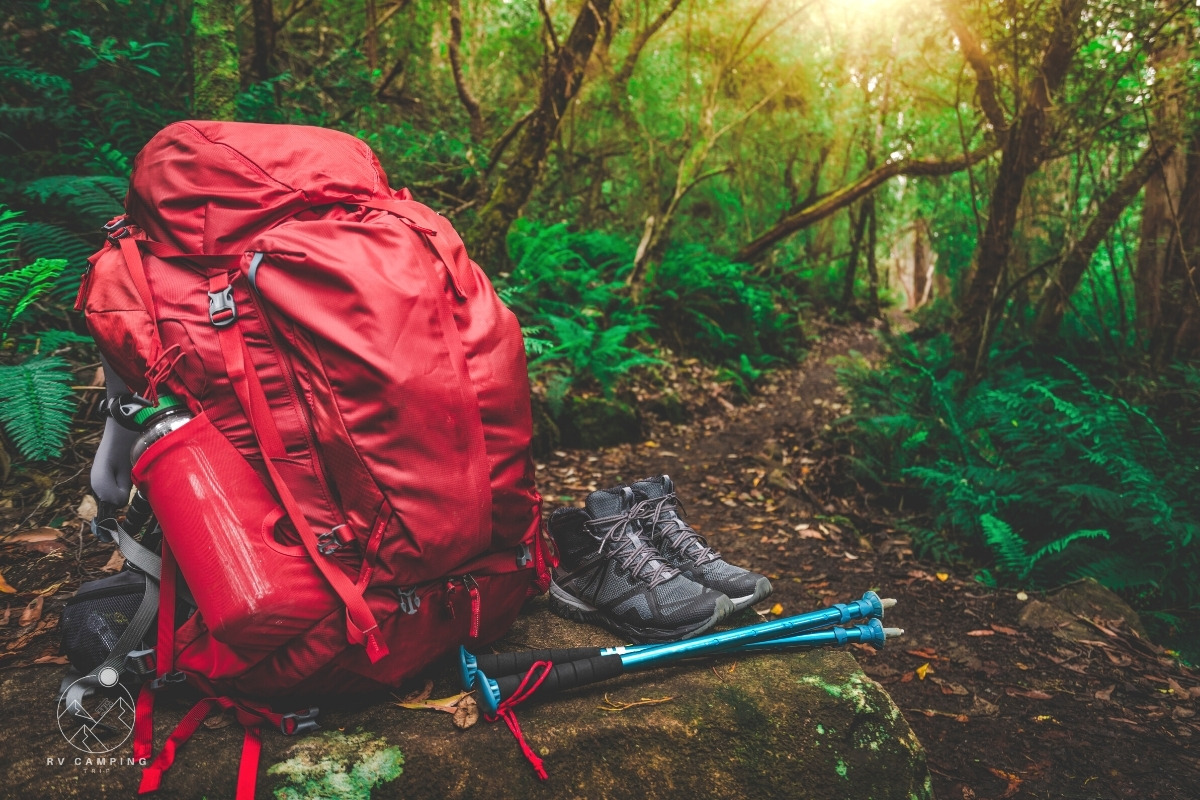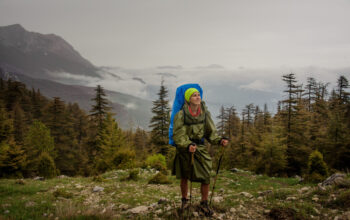Backcountry hiking and camping can be an exciting and adventurous experience, but it’s essential to be prepared. Having the right life skills can greatly enhance your backcountry enjoyment and ensure a safe and successful trip.
Backcountry Hiking and Camping Essentials
This blog will explore 5 essential life skills that every backcountry enthusiast should have to ensure a memorable and fulfilling experience in the wilderness.
Being Comfortable With Yourself And Your Surroundings
When you are comfortable with yourself and your surroundings. You are able to focus on the task at hand and be fully engaged in what you are doing. This skill can be developed through mindfulness and meditation practices.
It is critical to understand the risks and dangers associated with backcountry travel and to be prepared to deal with them appropriately. This includes being familiar with the trail you’re hiking on. Knowing how to navigate with a map and compass, and having the necessary gear and supplies to deal with any challenges.
Understanding Basic First-aid
Accidents and injuries can happen anytime, and knowing the basics of first aid can mean the difference between life and death in an emergency. This includes knowing how to stop bleeding, splint a broken limb, and perform CPR if necessary.
It is also critical to carry a well-stocked first-aid kit and understand how to use all of the items in it. A wilderness first-aid course is an excellent way to learn these skills and prepare for emergencies.
Basic Navigation Skills
To camp safely and enjoy the wilderness, it is important to have basic navigation skills. This includes being able to read a map and use a compass. It is also helpful to know how to use natural features like the sun and stars to orient yourself.
Familiarizing with navigation techniques such as triangulation and landmarks is also necessary. Furthermore, it is beneficial to be aware of potential hazards. Such as becoming lost or disoriented and to have backup plans in case you become lost.
How To Tie Knots
Tying knots is a useful skill in the backcountry hiking and camping because it can be used to set up a tent, secure gear, and make repairs. Backcountry knots include the square knot, bowline, and trucker’s hitch.
To ensure proficiency, know how to tie each knot correctly and practice tying them in various situations. Furthermore, having a small selection of different knots in your backcountry kit will ensure that you have the right knot for the job when you need it.
Know How To Start A Fire
Starting a fire in the backcountry is an essential survival skill because it provides warmth, light, and a source of heat for cooking. To start a fire, you must have a dry and sheltered area, a good supply of firewood, and the appropriate materials.

Dry leaves, grass, paper, or even a fire starter like matches or a lighter could be used. After gathering the materials, arrange the firewood in a teepee formation, leaving a small space in the center for the fire starter.
The fire should start small and gradually increase as more wood is added. It is critical to keep an eye on the fire and ensure it does not spread to the surrounding area. Good fire safety practices, such as clearing away dry brush, should be followed to prevent fires from spreading.
Essential Things To Have For Your Backcountry Hiking and Camping
Insulation (Clothing)
The materials and construction of a garment that provide warmth and protection from the elements are called insulation in clothing. It is one of the most essential backcountry survival skills because it keeps the body warm and dry, preventing hypothermia and other cold-related health issues.
Various materials, including down, synthetic fibers, and wool, can provide adequate insulation. When choosing insulation, it is critical to consider the climate, conditions, activity, and personal comfort levels.
For example, a waterproof and insulated jacket may be required in cold and wet conditions, whereas a lighter-weight insulated layer may suffice in milder conditions.
Layering is essential because it allows the wearer to add or remove layers as the weather changes. Insulation is essential for a safe and enjoyable outdoor experience.
Sun Protection
Excessive sun exposure can cause sunburn, skin damage, and other health issues like skin cancer. Wearing protective clothing, such as a wide-brimmed hat, long-sleeved shirts, and pants, and using sunblock with a high SPF rating, is the best way to protect yourself from the sun.
It’s also a great idea to seek shade during the hottest day and wear sunglasses to protect your eyes from UV rays. Furthermore, staying hydrated is critical, as dehydration can increase the risk of sun damage. Taking precautions to protect yourself from the sun is critical for a safe and enjoyable outdoor experience.
It can help ensure that you can continue to enjoy the backcountry for many years.
Nutrition (Food)
Food is an essential component of any backcountry adventure. It gives you energy and affects your mood, performance, and overall health. It’s critical to plan ahead of time and bring enough to last the duration of the trip.
It is best to get a mix of perishable and nonperishable food items that are easy to transport, prepare, and consume. Some examples are energy bars, dried fruits, nuts, instant oatmeal, pasta, and dehydrated meals.
When packing, keep the weight of the food in mind, as well as the calorie density, and make sure to include enough protein and carbohydrates. Furthermore, bringing a water filter or purification tablets to ensure access to clean drinking water is always a good idea.
Emergency Shelter
An emergency shelter is essential in the backcountry, especially if there is a sudden change in weather, an injury, or a prolonged stay. An emergency shelter provides a haven and protection from the elements, ensuring the individual’s safety and well-being.
A tent or tarp is usually adequate for an emergency shelter, but selecting one that is durable, waterproof, and simple to set up is critical. A sleeping bag and a pad are also required to keep warm and provide insulation from the ground.
It is also a good idea to bring a space blanket or a bivy sack as a backup in an emergency. A shelter in the backcountry can significantly enhance the experience and provide peace of mind.
Conclusion – Backcountry Hiking and Camping
In conclusion, having strong life skills, such as planning, risk management, first aid, navigation, and survival skills, is critical for a safe and enjoyable backcountry experience. These skills allow individuals to handle unexpected situations, make informed decisions, and ultimately have a more fulfilling experience.





